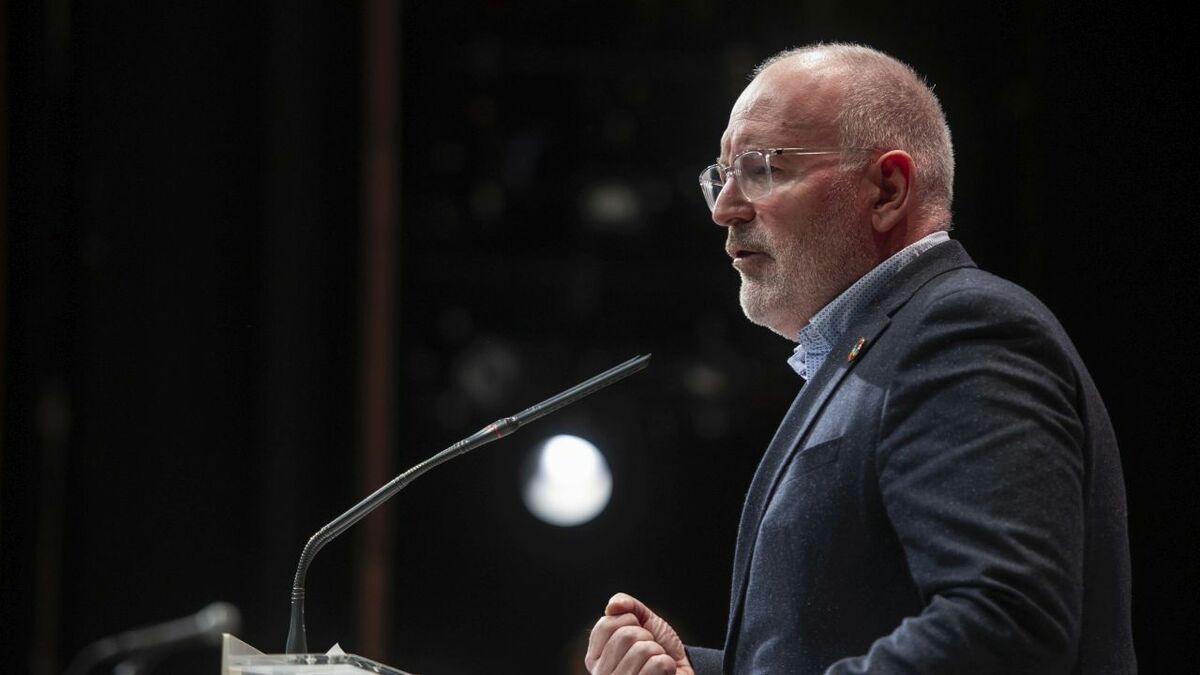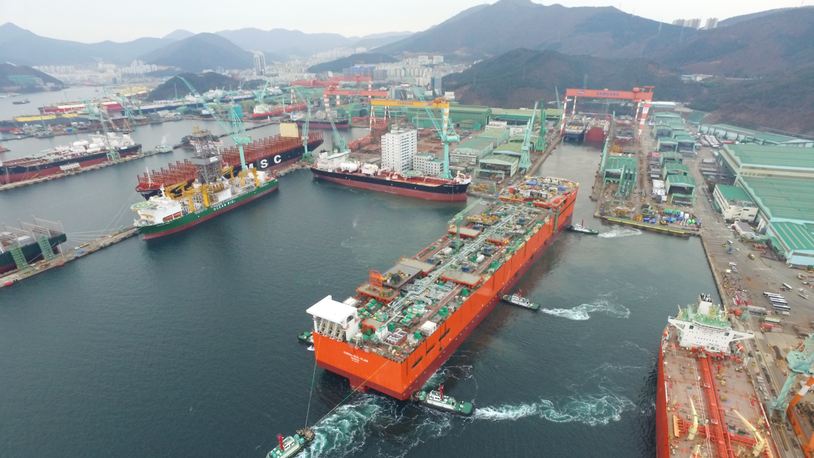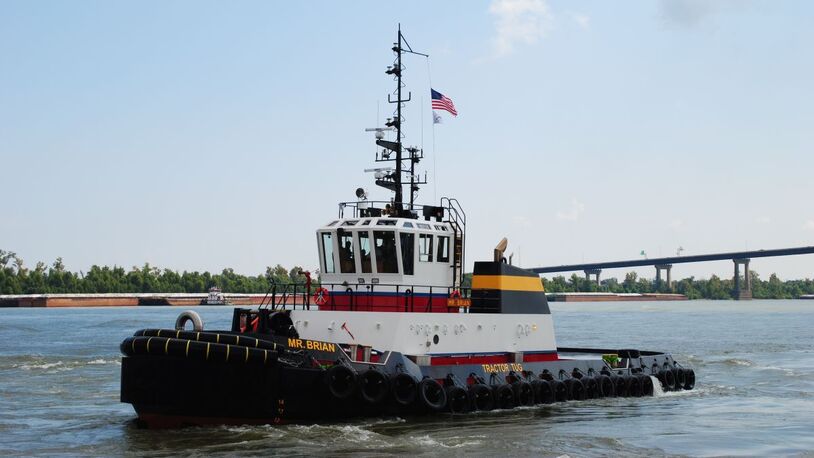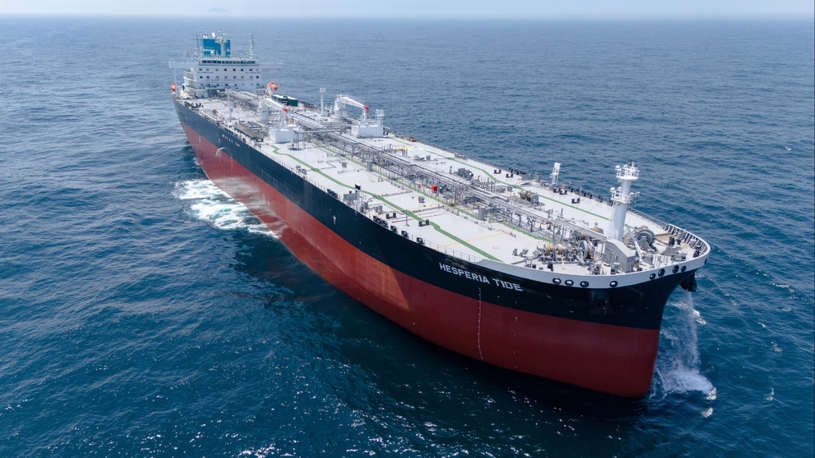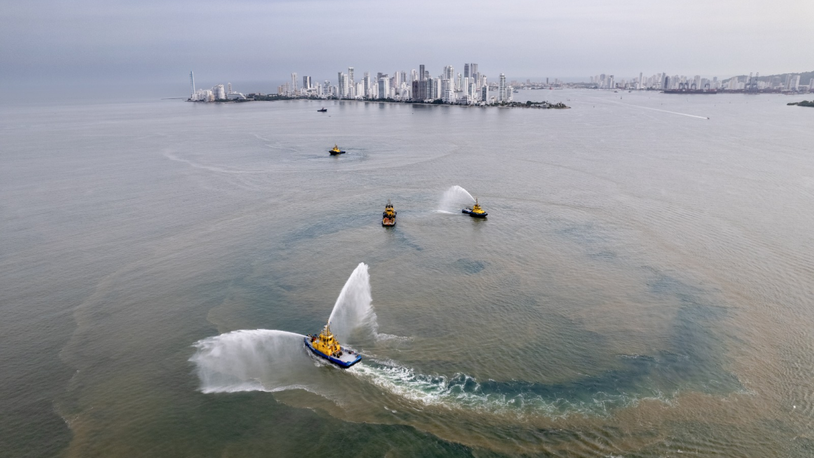Business Sectors
Events
Contents
Register to read more articles.
EU to double-down on renewables and hydrogen, diversify to rid itself of Russian gas
The European Commission has proposed an outline plan to make Europe independent of Russian fossil fuels “well before 2030,” starting with gas, in light of Russia’s invasion of Ukraine
Announcing the launch of its ‘REPowerEU’ plan on 8 March 2022, EU Commission President Ursula von der Leyen said, “We are too dependent on Russian fossils fuels. We must ensure a reliable, secure and affordable supply of energy to European consumers.
“With the EU Green Deal, we know how to get there. But we need to move faster. This is what REPowerEU is about.
“REPowerEU will diversify our gas supplies, speed up the renewable roll-out, improve energy efficiency and replace gas in heating and power. Doing so can reduce our demand for Russian gas by two thirds by the end of the year.
“We must become independent from Russian oil, coal and gas. We simply cannot rely on a supplier who explicitly threatens us,” said the Commission President.
“We need to act now to mitigate the impact of rising energy prices, diversify our gas supply for next winter and accelerate the clean energy transition.
“The quicker we switch to renewables and hydrogen, combined with more energy efficiency, the quicker we will be truly independent and master our energy system. I will be discussing the Commission’s ideas with European leaders at Versailles later this week, and then working to swiftly implement them with my team.”
The draft plan was announced on the same day that the US committed to a total embargo on Russian energy and the UK announced a phase-out of Russian oil and gas to be complete by the end of 2022.
Both US and UK imports of Russian energy supplies make up a far smaller percentage than those taken by the EU.
An International Energy Agency plan released in early March, outlining measures for the EU to reduce its reliance on Russian energy supplies said that in 2021, the European Union imported 155 billion cubic metres of natural gas from Russia, accounting for around 45% of EU gas imports and close to 40% of its total gas consumption. Similarly, nearly a third of European oil and half of the continent’s coal supplies come from Russia.
Executive Vice-President for the European Green Deal Frans Timmermans said, “It is time we tackled our vulnerabilities and rapidly become more independent in our energy choices. Let’s dash into renewable energy at lightning speed. Renewables are a cheap, clean, and potentially endless source of energy and instead of funding the fossil fuel industry elsewhere, they create jobs here. Putin’s war in Ukraine demonstrates the urgency of accelerating our clean energy transition.”
Commissioner for Energy Kadri Simson said, “Russia’s invasion of Ukraine has aggravated the security of supply situation and driven energy prices to unprecedented levels. For the remaining weeks of this winter, Europe has sufficient amounts of gas, but we need to replenish our reserves urgently for next year.”
The Commission believes it is possible to phase out the EU’s dependence on fossil fuels from Russia well before 2030. To do so, the REPowerEU plan will increase the resilience of the EU-wide energy system based on two pillars: diversifying gas supplies, via higher LNG and pipeline imports from non-Russian suppliers, and larger volumes of biomethane and renewable hydrogen production and imports; and, reducing faster the use of fossil fuels, by boosting energy efficiency, increasing renewables and electrification, and addressing infrastructure bottlenecks.
In February 2022, Members of the European Parliament set out recommendations on ways to deploy offshore wind more quickly and stressed that meeting 2030 and 2050 targets for offshore renewables requires faster deployment of offshore wind. Clean electricity from offshore wind is also seen as a potential power source for the production of green hydrogen.
In November 2021, Mr Timmermans reiterated the EU’s commitment to a massive roll-out of offshore wind and said the European Union “has all that it needs” to meet the challenges set in the European Commission’s recently announced Offshore Renewables Strategy.
As highlighted by OWJ, the strategy proposes increasing Europe’s offshore wind capacity from its current level of 12 GW to at least 60 GW by 2030 and to 300 GW by 2050. The Commission aims to complement this with 40 GW of ocean energy and other emerging technologies such as floating wind and solar by 2050.
Speaking on 19 November, Mr Timmermans said, “Our strategy shows the urgency and opportunity of ramping up our investment in offshore renewables. With our vast sea basins and industrial leadership, the European Union has all that it needs to rise to the challenge.
“Already, offshore renewable energy is a true European success story. We aim to turn it into an even greater opportunity for clean energy, high-quality jobs, sustainable growth, and international competitiveness.”
Sign up now for the Offshore Energy Webinar Week, 22-30 March 2022
Related to this Story
Events
Offshore Support Journal Conference, Americas 2025
LNG Shipping & Terminals Conference 2025
Vessel Optimisation Webinar Week
© 2024 Riviera Maritime Media Ltd.


